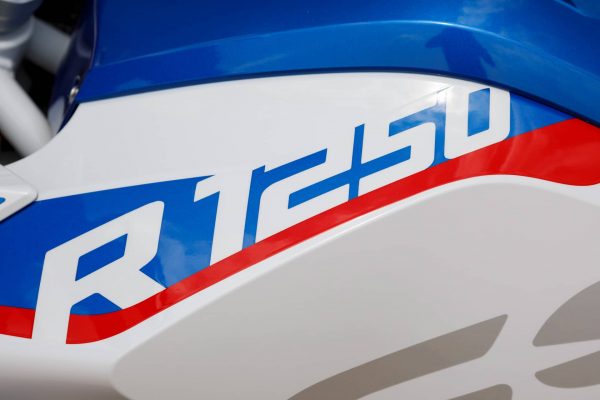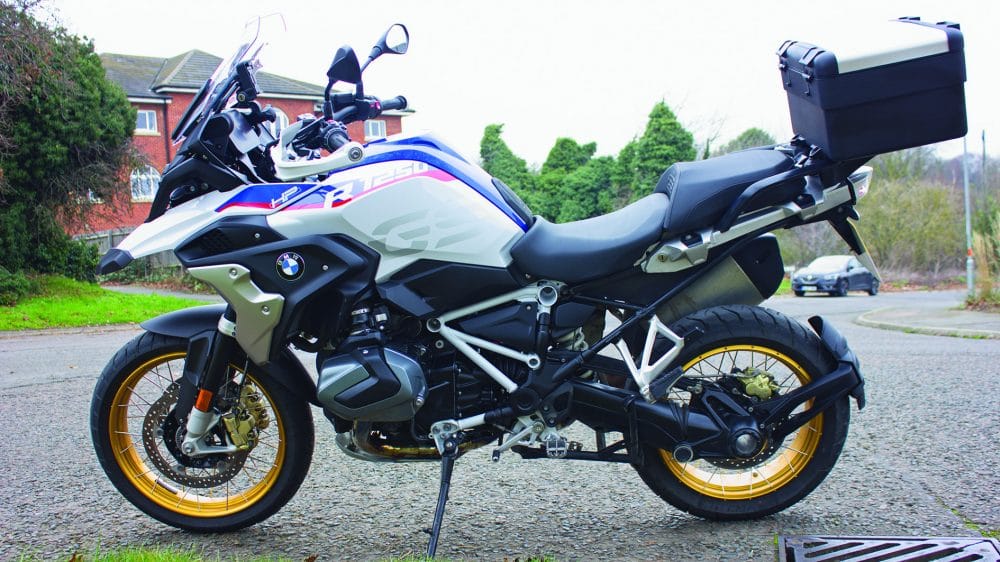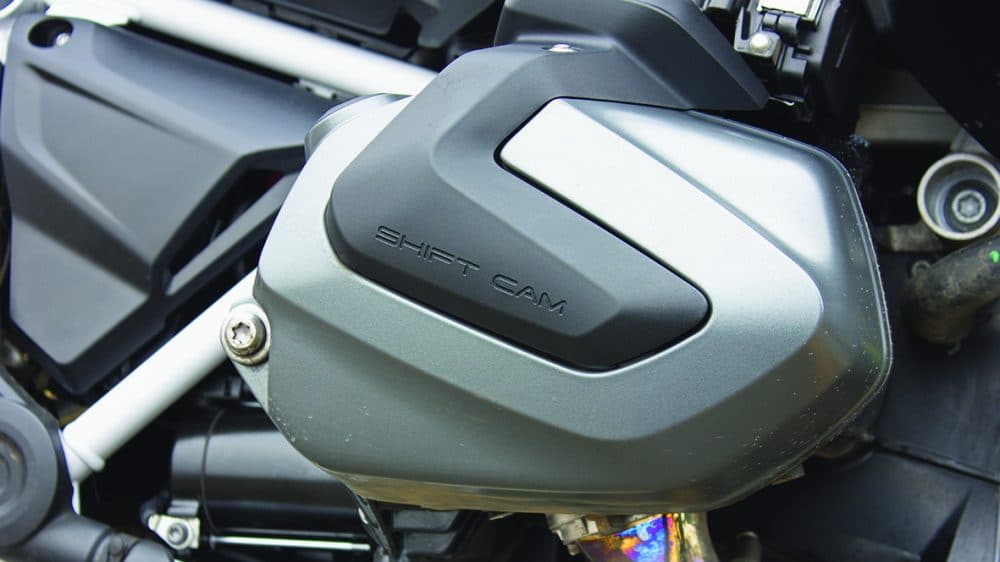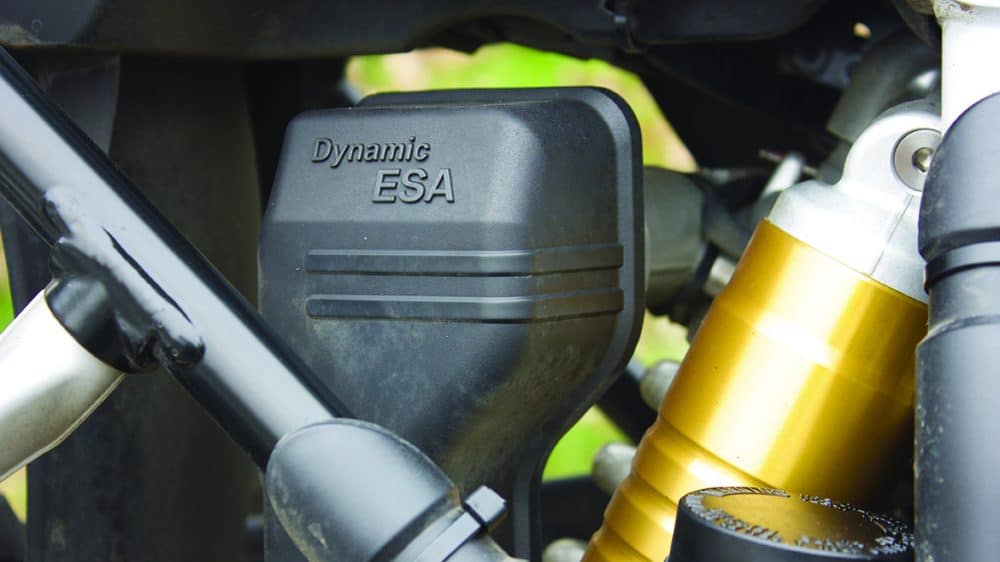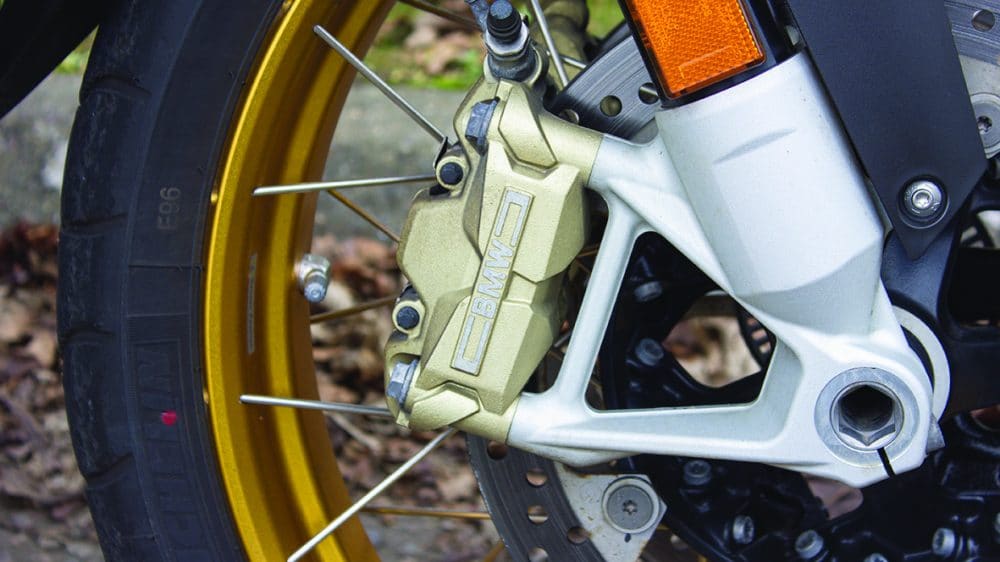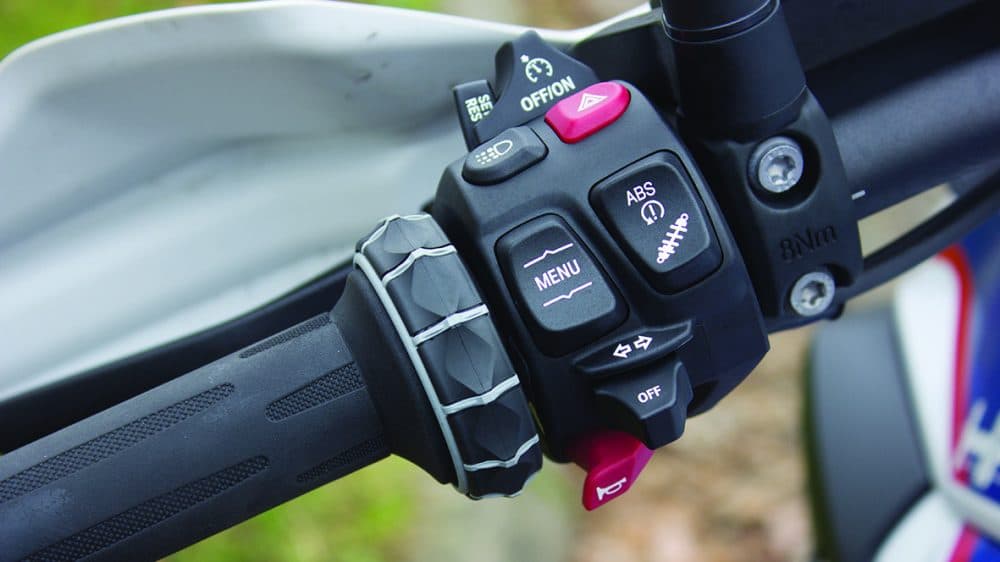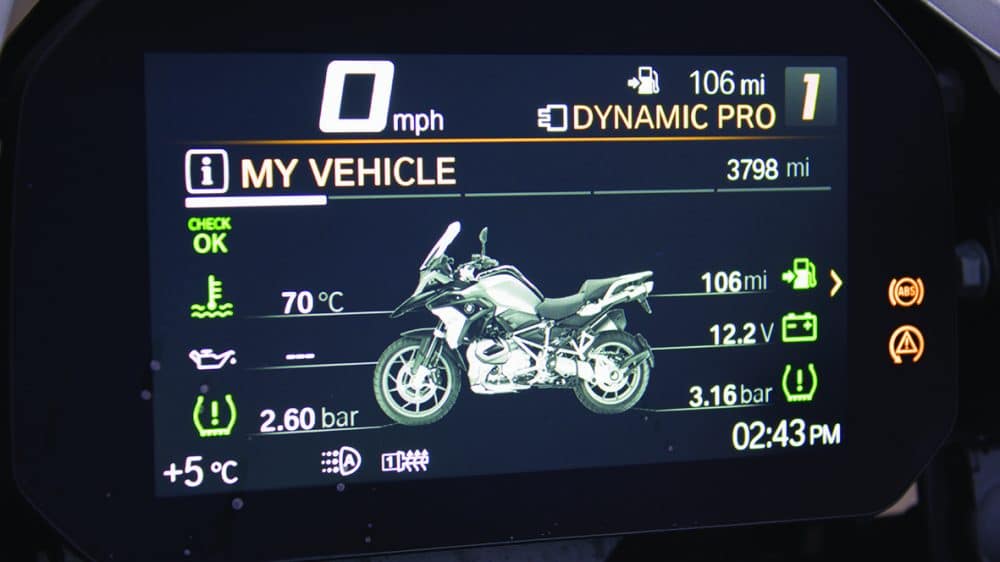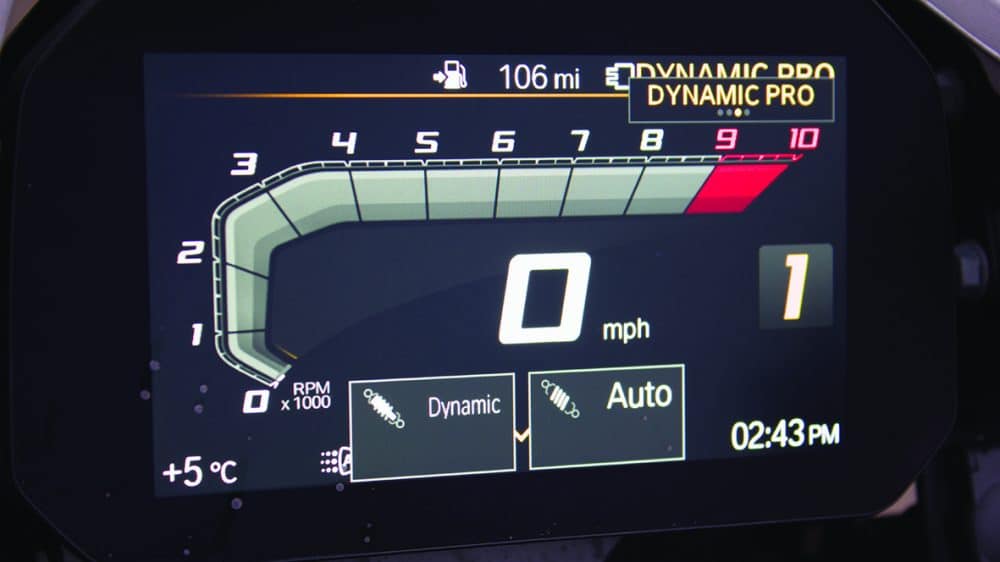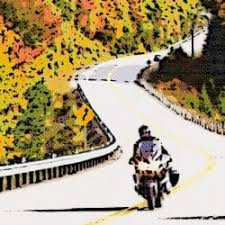Well, the weather is certainly improving, the run calendar is filling up and we’re all able to take advantage of the wide variety on offer.
Getting out on social runs is really what the club is all about. Not only is it great fun to ride with like-minded, skilled riders – it’s great for improving skills too. There’s no better place to put into practice the concepts of self-evaluation and the thinking riding to great effect. A fun way to improve – what could be better?
We have a great assortment of runs and trips available that allow many of us to enjoy riding on new roads and visit new places. I’d like to extend my thanks to all the run leaders and back markers for the effort they put into planning and executing their runs and trips. If you’d like to lead a run, then please get in touch with the events team at events@tvam.org and they’ll help you put it together. And don’t forget that, whilst it’s not a requirement to lead a run, the Run Leading/Back Marking course will help you develop the specific skills and techniques for leading and back marking a run.
To help encourage more people to join social runs we have revised the run classification so that those new to social runs can feel confident that the type of run they’ve chosen is appropriate to their skill level. You can see the run classification on page 19. Whatever type of social run you decide on, get out there and enjoy it.
The other key activity within TVAM is, of course, our training. And to implement many of our training programmes, including Associate training, we need Observers. We’re looking for more people to join our Observer training programme so that we can extend the levels of training we offer. Whilst the ability to ride well is a key part of being an Observer, the most important attributes are enthusiasm, commitment and a willingness to learn. We have a very comprehensive and well-structured training programme to develop the required coaching skills so that our Observers are the best within IAM RoadSmart.
If you’ve passed your Advanced Test and you’d like to develop your coaching skills to help and coach others then please consider taking up the challenge. To find out more about becoming an Observer, come along to the informal chat in the library at 9am on St Crispin’s Sundays or drop an email to observerinterest@tvam.org and one of the Training Team will be in touch.
That’s it for now, I’m off to get my diary sorted for the runs and trips I want to do – before they fill up!
Ride safe.
Chris Brownlee
Chief Observer


